Then I would like to make a happy end for once
Eröffnung: Do 05. Juli 2018, 19:00 Uhr
Opening: Thurs July 05 2018, 7:00 pm

Ausstellungsansicht / Installation view Verena Kathrein / Ariane Müller, Then I would like to make a happy end for once, Kunstverein Nürnberg, 2018. Foto: Verena Kathrein

Ausstellungsansicht / Installation view Verena Kathrein / Ariane Müller, Then I would like to make a happy end for once, Kunstverein Nürnberg, 2018. Foto: Verena Kathrein

Ausstellungsansicht / Installation view Verena Kathrein / Ariane Müller, Then I would like to make a happy end for once, Kunstverein Nürnberg, 2018. Foto: Verena Kathrein

Ausstellungsansicht / Installation view Verena Kathrein / Ariane Müller, Then I would like to make a happy end for once, Kunstverein Nürnberg, 2018. Foto: Verena Kathrein

Ausstellungsansicht / Installation view Verena Kathrein / Ariane Müller, Then I would like to make a happy end for once, Kunstverein Nürnberg, 2018. Foto: Verena Kathrein
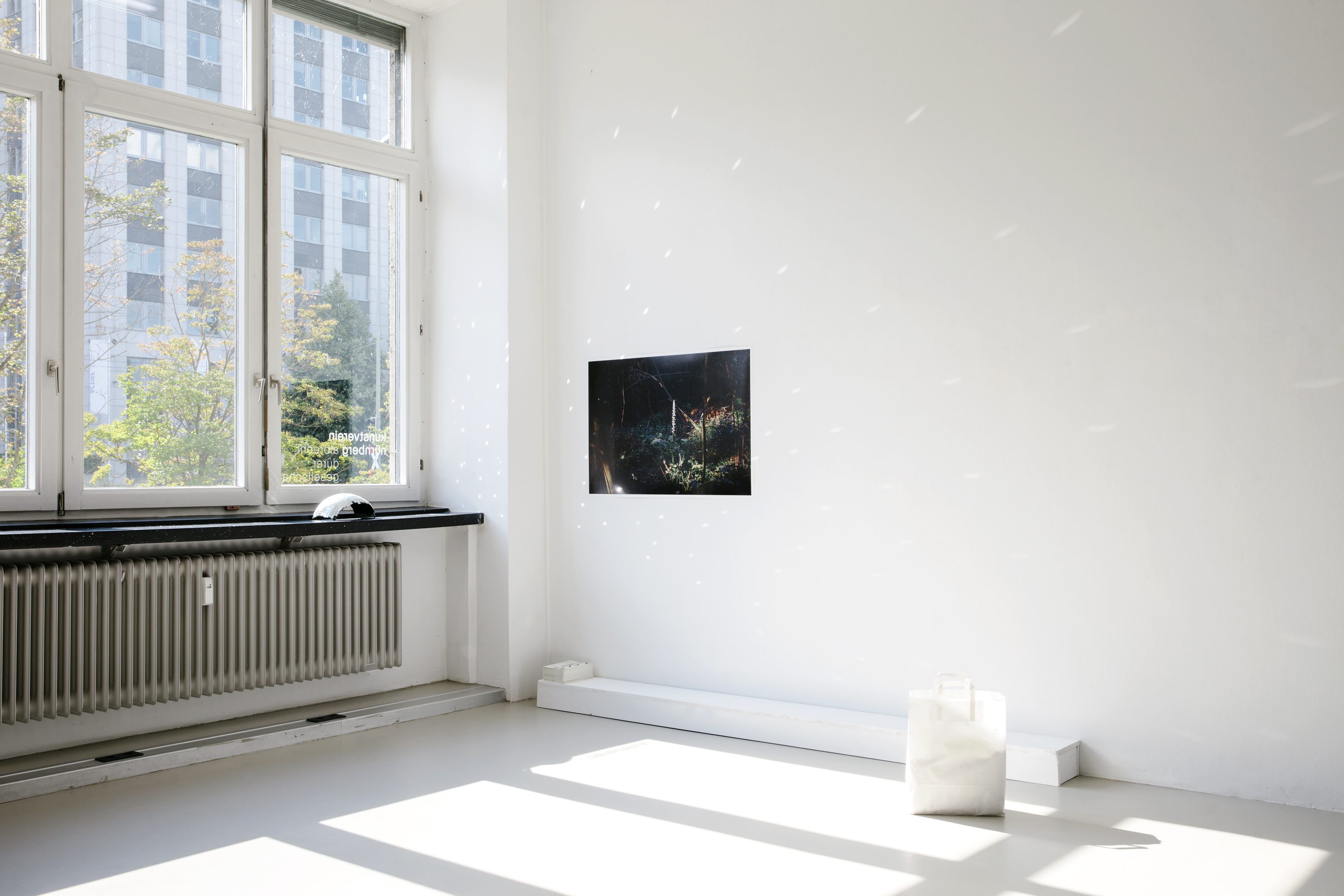
Ausstellungsansicht / Installation view Verena Kathrein / Ariane Müller, Then I would like to make a happy end for once, Kunstverein Nürnberg, 2018. Foto: Verena Kathrein

Ausstellungsansicht / Installation view Verena Kathrein / Ariane Müller, Then I would like to make a happy end for once, Kunstverein Nürnberg, 2018. Foto: Verena Kathrein

Ausstellungsansicht / Installation view Verena Kathrein / Ariane Müller, Then I would like to make a happy end for once, Kunstverein Nürnberg, 2018. Foto: Verena Kathrein

Ausstellungsansicht / Installation view Verena Kathrein / Ariane Müller, Then I would like to make a happy end for once, Kunstverein Nürnberg, 2018. Foto: Verena Kathrein

Ausstellungsansicht / Installation view Verena Kathrein / Ariane Müller, Then I would like to make a happy end for once, Kunstverein Nürnberg, 2018. Foto: Verena Kathrein

Ausstellungsansicht / Installation view Verena Kathrein / Ariane Müller, Then I would like to make a happy end for once, Kunstverein Nürnberg, 2018. Foto: Verena Kathrein

Ausstellungsansicht / Installation view Verena Kathrein / Ariane Müller, Then I would like to make a happy end for once, Kunstverein Nürnberg, 2018. Foto: Verena Kathrein
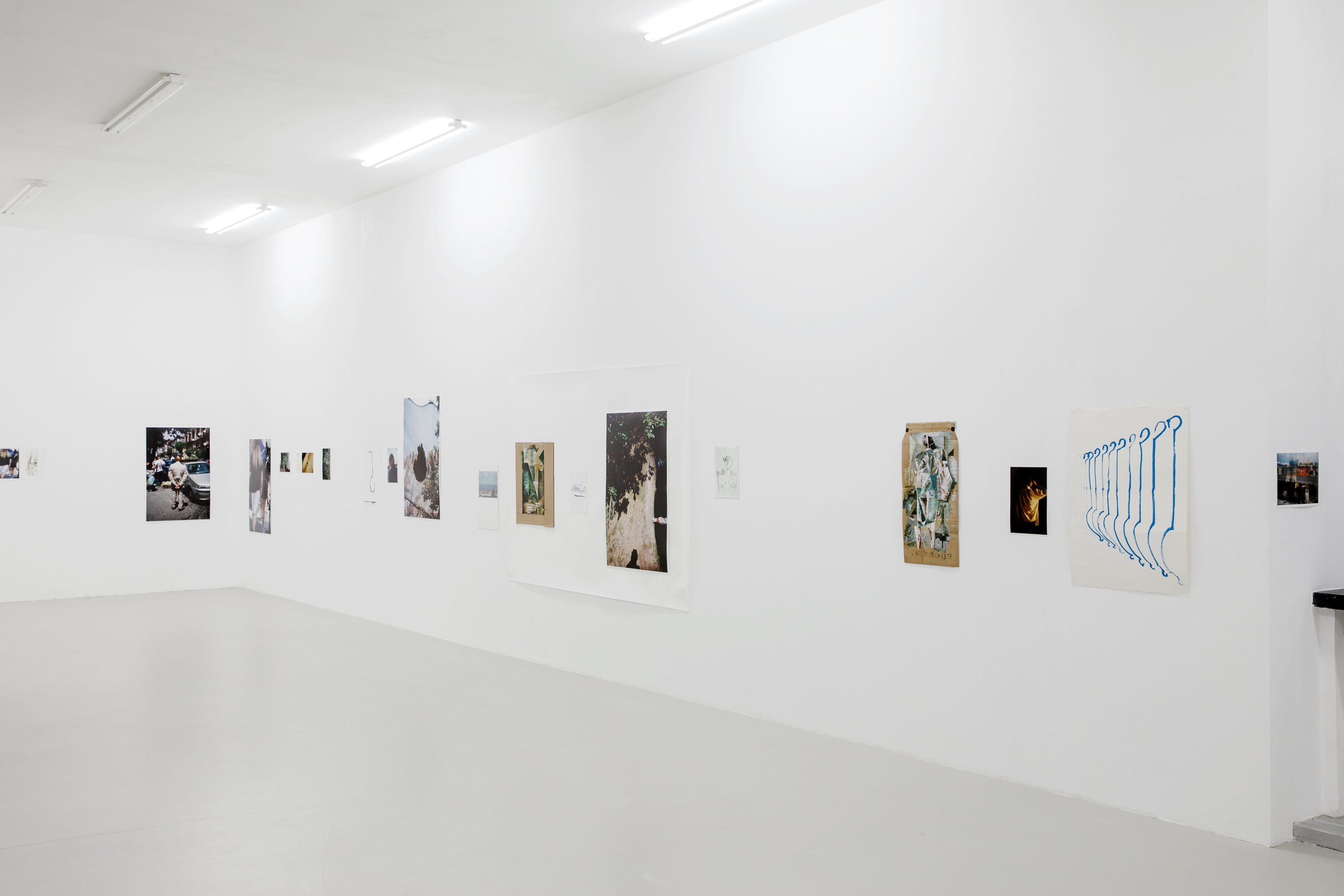
Ausstellungsansicht / Installation view Verena Kathrein / Ariane Müller, Then I would like to make a happy end for once, Kunstverein Nürnberg, 2018. Foto: Verena Kathrein

Ausstellungsansicht / Installation view Verena Kathrein / Ariane Müller, Then I would like to make a happy end for once, Kunstverein Nürnberg, 2018. Foto: Verena Kathrein

Ausstellungsansicht / Installation view Verena Kathrein / Ariane Müller, Then I would like to make a happy end for once, Kunstverein Nürnberg, 2018. Foto: Verena Kathrein
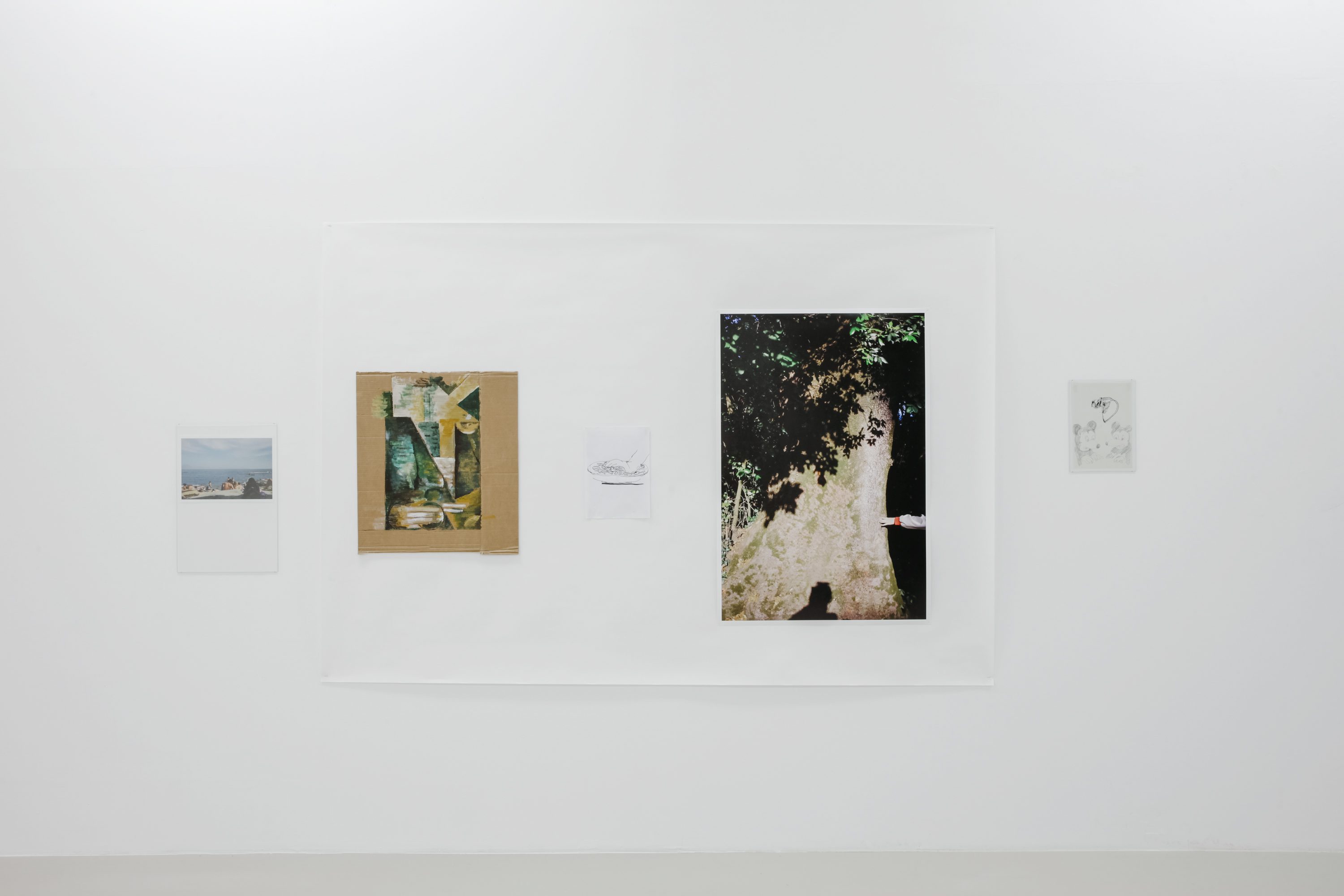
Ausstellungsansicht / Installation view Verena Kathrein / Ariane Müller, Then I would like to make a happy end for once, Kunstverein Nürnberg, 2018. Foto: Verena Kathrein

Ausstellungsansicht / Installation view Verena Kathrein / Ariane Müller, Then I would like to make a happy end for once, Kunstverein Nürnberg, 2018. Foto: Verena Kathrein

Ausstellungsansicht / Installation view Verena Kathrein / Ariane Müller, Then I would like to make a happy end for once, Kunstverein Nürnberg, 2018. Foto: Verena Kathrein
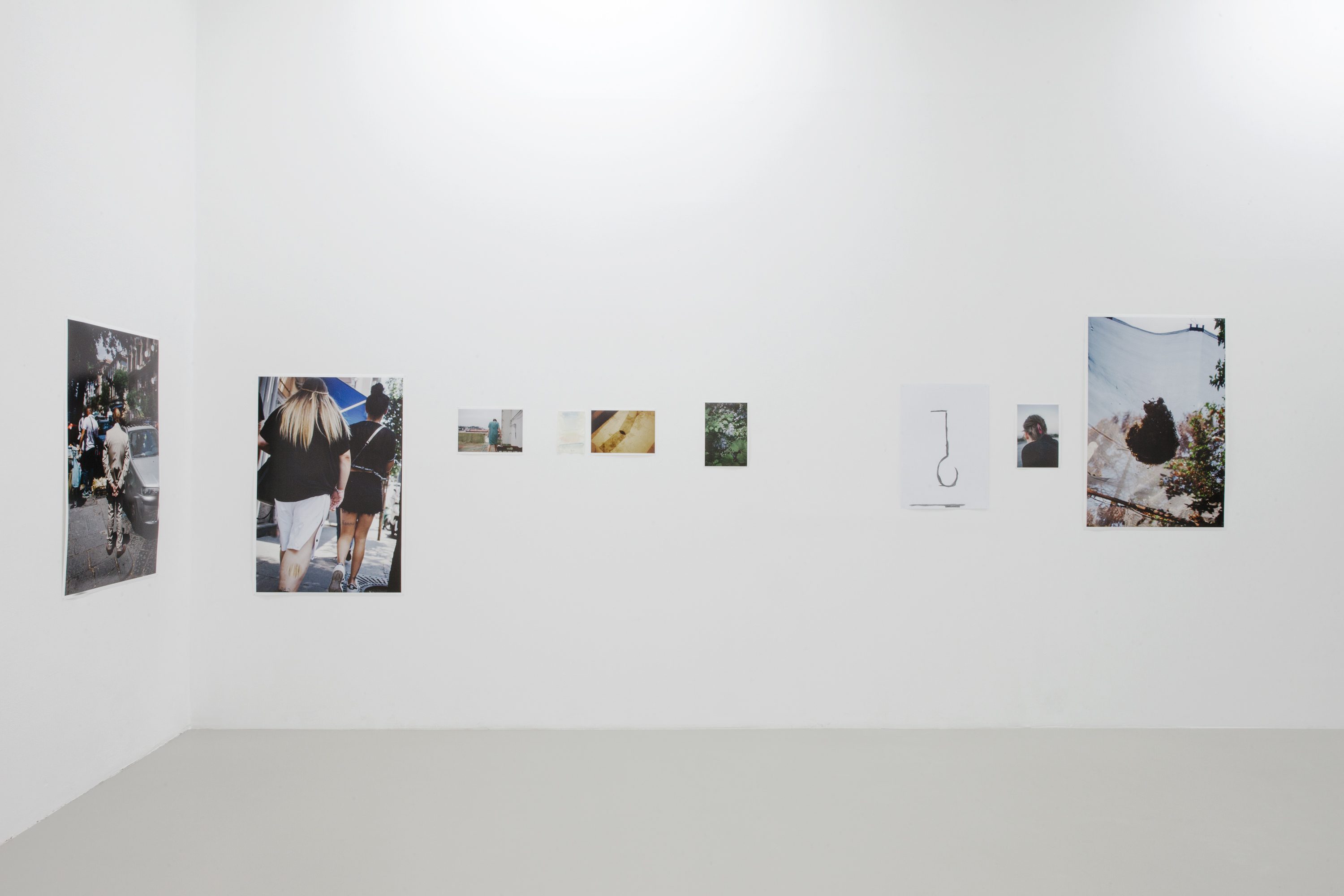
Ausstellungsansicht / Installation view Verena Kathrein / Ariane Müller, Then I would like to make a happy end for once, Kunstverein Nürnberg, 2018. Foto: Verena Kathrein

Ausstellungsansicht / Installation view Verena Kathrein / Ariane Müller, Then I would like to make a happy end for once, Kunstverein Nürnberg, 2018. Foto: Verena Kathrein

Ausstellungsansicht / Installation view Verena Kathrein / Ariane Müller, Then I would like to make a happy end for once, Kunstverein Nürnberg, 2018. Foto: Verena Kathrein

Ausstellungsansicht / Installation view Verena Kathrein / Ariane Müller, Then I would like to make a happy end for once, Kunstverein Nürnberg, 2018. Foto: Verena Kathrein

Ausstellungsansicht / Installation view Verena Kathrein / Ariane Müller, Then I would like to make a happy end for once, Kunstverein Nürnberg, 2018. Foto: Verena Kathrein

Ausstellungsansicht / Installation view Verena Kathrein / Ariane Müller, Then I would like to make a happy end for once, Kunstverein Nürnberg, 2018. Foto: Verena Kathrein

Ausstellungsansicht / Installation view Verena Kathrein / Ariane Müller, Then I would like to make a happy end for once, Kunstverein Nürnberg, 2018. Foto: Verena Kathrein
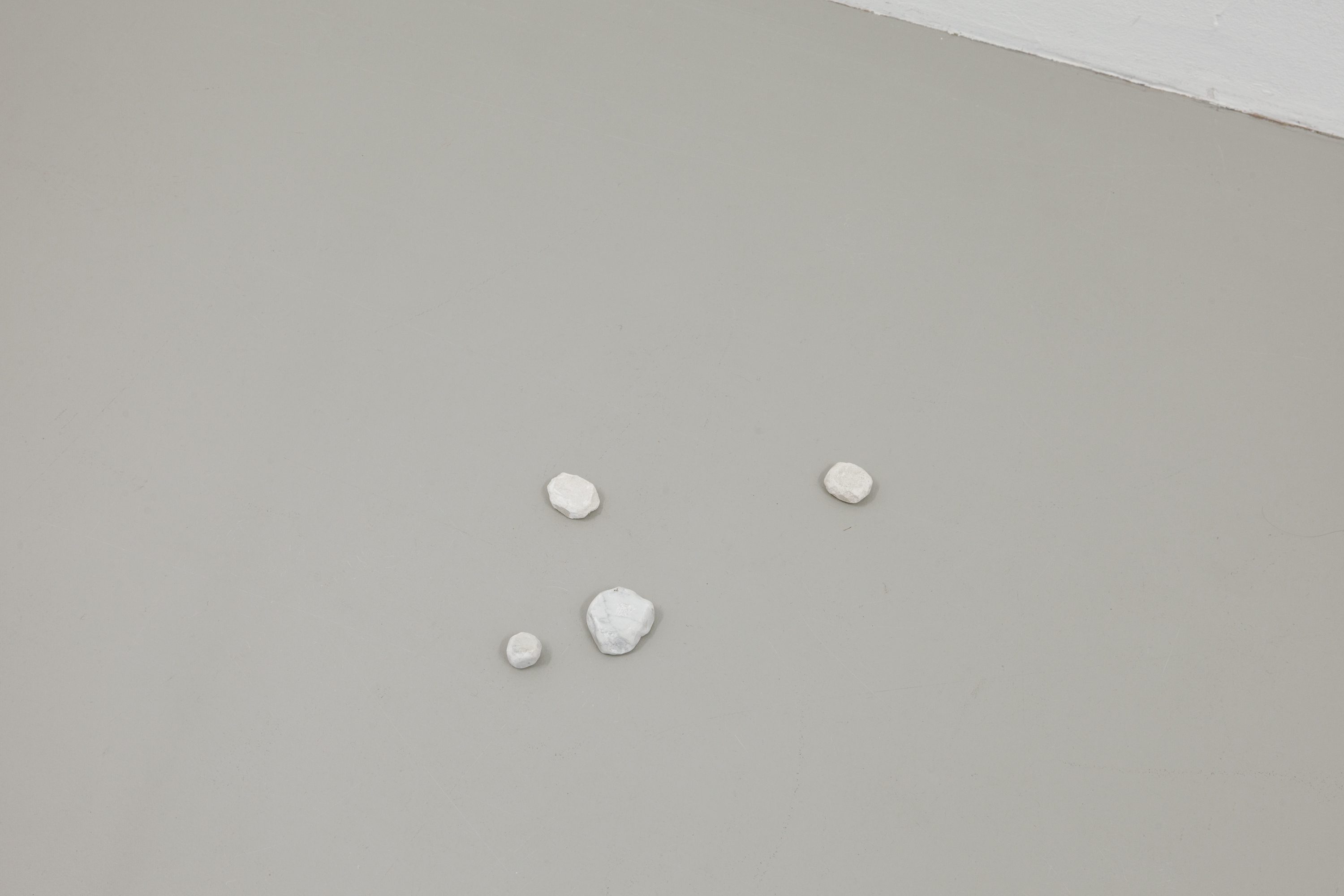
Ausstellungsansicht / Installation view Verena Kathrein / Ariane Müller, Then I would like to make a happy end for once, Kunstverein Nürnberg, 2018. Foto: Verena Kathrein
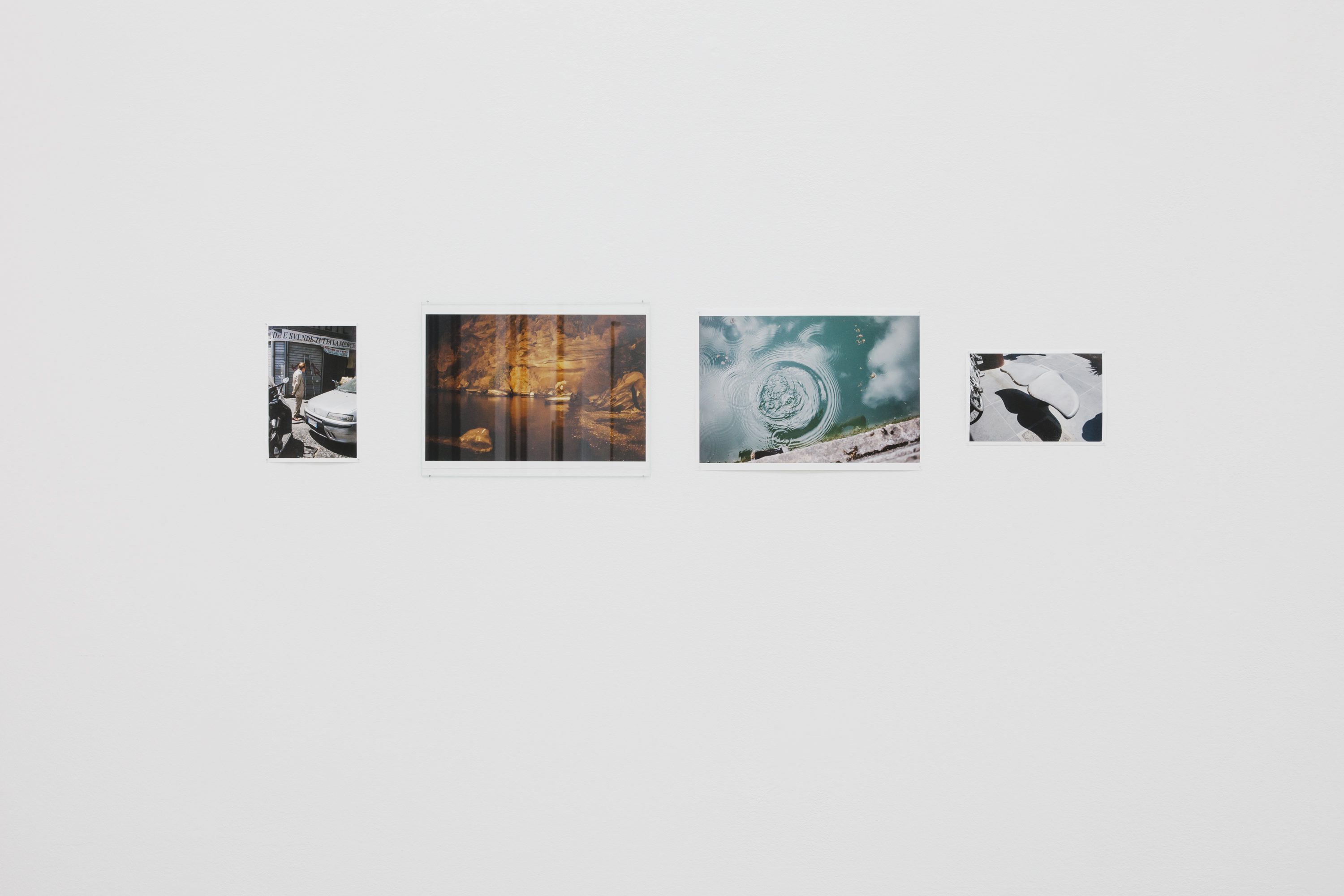
Ausstellungsansicht / Installation view Verena Kathrein / Ariane Müller, Then I would like to make a happy end for once, Kunstverein Nürnberg, 2018. Foto: Verena Kathrein

Ausstellungsansicht / Installation view Verena Kathrein / Ariane Müller, Then I would like to make a happy end for once, Kunstverein Nürnberg, 2018. Foto: Verena Kathrein

Ausstellungsansicht / Installation view Verena Kathrein / Ariane Müller, Then I would like to make a happy end for once, Kunstverein Nürnberg, 2018. Foto: Verena Kathrein
Then I would like to make a happy end for once is an exhibition for the Kunstverein Nürnberg, based on a dialogue that began two years ago in Rome between photographer Verena Kathrein and artist and author Ariane Müller. The exhibition is partly an exploration of the medium of photography—its presence and its decision for the moment—and it is partly an interweaving of two fields, namely comedy and feminism. The research touches on two people or figures: Italian feminist Carla Lonzi, who founded the Rivolta Femminilewith artist Carla Accardi in the seventies as well as the figure of the Pulcinella, who represents the city of Naples in the Commedia dell’arte and was the subject of a 2015 book by Giorgio Agamben. The joint reading and translation of Lonzi’s Diario di una femminista and Agamben’s Pulcinella ovvero divertimento per li regazzi—neither of which had yet been translated into the German—served as the starting point of research that had the goal of finding images of something that is either too sad to be said aloud or too funny to be pronounced. Weeping and laughter populate the margins of language, where it dissolves into the impossibility of saying something and therefore describes a feeling of involuntary imprisonment in a drama of social positions of the other based on attributed, inescapable differences.
The figure of Pulcinella is also not defined through an action that makes him the protagonist of drama. He is rather defined by simply being there. With an indeterminate gender and claim humanness—Pulcinella is born from an egg and speaks like Donald Duck, of whom he is a descendent—he tries find a way out of each drama and laterally remove himself from the plot. His actual goal is to survive, and he rejects any complexity, because everything appears simple to him. The most important thing is to find something to eat.
Carla Lonzis’ Diario di una femminista describes a very similar search for an exit. Encapsulated by the concept of Separatismo, Italian feminists in the mid-1970s decided to abandon the field, whichever field that might have been—art, politics, psychonalysis— and refuse participation in areas that women have been excluded from for centuries and in which they have always had to defend themselves. Agamben describes the moment in the comedy, in which all of the protagonists leave the scene according to the parabasis of Greek comedy. The parabasis is the part of the play, in which the chorus takes off its mask in the absence of the acting characters and addresses the audience directly. It is the same moment in which Pulcinella later delivers a joke about what is happening.
In Then I would like to make a happy end for once, the photographs are now what occurs exterior to the photographer in encountering these thoughts, while the other works were made in the interior space and without reference to time. All media can now either be a disruptive element or a plot line, which, rather than carrying the plot forward, cracks it’s own, medium-specific jokes. Here, the painterly form of cubism marks a confrontation between the emergence of a separate perspective, which developed as a type of secret language between two people against the perspective of renaissance painting. This is a form that paradigmatically represents the incomprehensibility of the avant-garde, used in, for example, Donald Duck magazines. Underlying this new perspective is the wish—the possibility—of moving and exhibiting in the space and making everything—table, guitar, bottle—into a present body (for the most part a feminine one), lending it three-dimensionality and presence. Historically, cubism emerged from an examination of the two-dimensionality of photography and the multi-dimensionality of Charlie Chaplin films. Today it recalls the under-complexity of the “third table” of speculative realism, which itself represents a kind of Pulcinella of philosophy—get the hell out of here!
In Der Witz und seine Beziehung zum Unbewussten, Freud writes that in order to involve a third person in the development of a joke, it must contain neither adverse nor hostile tendencies. The exhibition is therefore an attempt to present all the images like they were in a world under water—a world like French philosopher Gilles Deleuze describes, in which everything is interwoven. The fish are as much folded into the sea as the sea is folded into the fish.




